Facts are, yes, they are capable of mauling or killing. Yes, they often do not do well with other dogs, especially same-sex. Yes, they are at times considered a status symbol for the wrong reasons. And yes, for the most part if well-bred, well-trained and well-socialized, American Pit Bull Terriers do make incredible pets.
The American Pit Bull Terrier (APBT) we know today has a checkered and hotly debatable past. They are believed to be descendants of Roman Molossus, the forebear of today’s gentle giants, the Mastiff. Used for bull and bear baiting exhibitions in Roman coliseums and as ferocious war dogs, they followed the Roman Army as warriors and participants in blood sports.
Because of their brachycephalic head, they had phenomenal gripping ability. To that add exceptional courage and tireless stamina, they were the ideal working dogs for hunters, farmers and butchers. They were first used in legitimate bull baiting for butchers and bringing down large game such as bears. Because they were skillful at what they did so naturally, it did not take long for those involved to see money could be made at the expense of the dog. After working all day, they captivated crowds rich and poor by fighting to the death at night.
In 1835 England banned bull/bear baiting, widespread and accepted form of entertainment. That did not stop nefarious dog owners from competing. Instead of bulls and bears, pits were made and the dogs were literally tossed in with rats. The dog that killed the most rats in the shortest time was the winner.
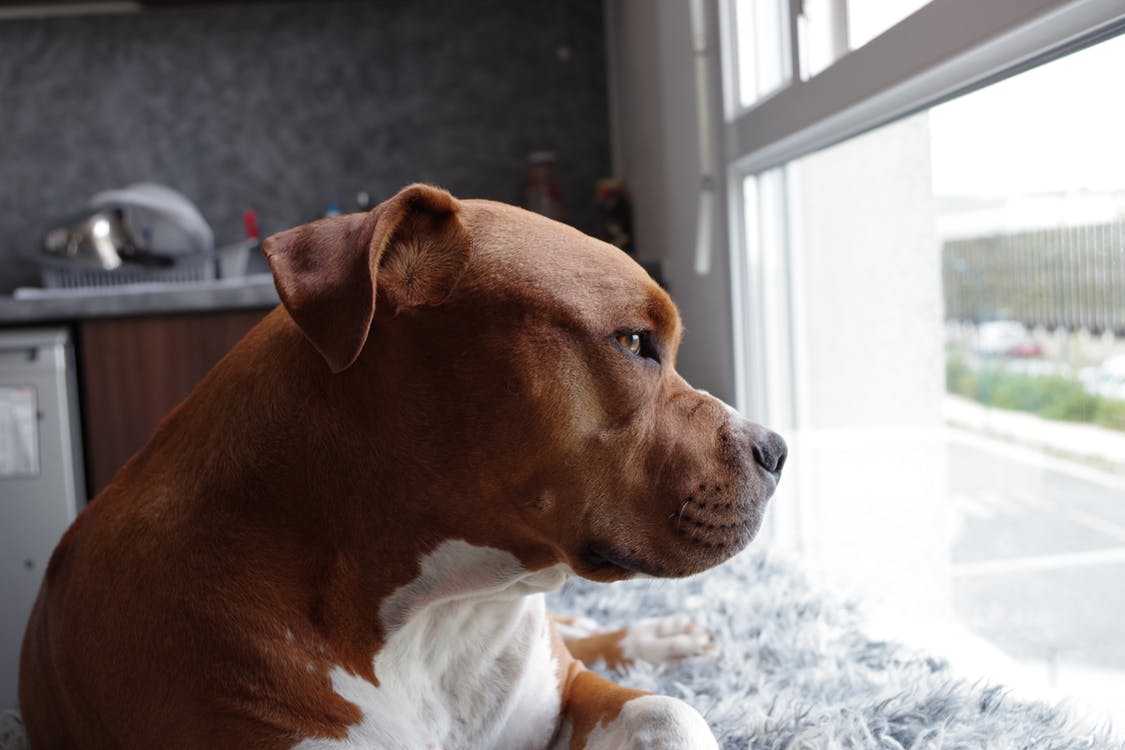
That wasn’t enough blood for some. Egos got inflated and winners began challenging other winners to see whose dog was the maximum killing machine. The pits once used for dogs vs. rats, now became the arena for the more exciting and bloodier contest of dog vs. dog. The fights were so vicious, they lasted until only one dog was alive….barely.
Prior to the American Civil War, a substantial influx of immigrants traveled from the British Isles to Boston, Massachusetts. With them came their dogs and the sport of dog fighting. It continued as a popular form of gambling and entertainment until the middle of the 1930s.
As countless pioneer families left New England to head west, their dogs again went with them. Most served as indefatigable working dogs. They earned their keep, helping hunters by bringing down large game. Farmers and ranchers used them to round up wild cattle and hogs. Their stamina and muscular build, made them perfect for herding livestock on lengthy cattle drives. The forebears of the APBT we know and love today, were a vital part of American history.
Diligent breeding took much of the aggression out of them. Dogs not used for fighting were not known to be aggressive to humans. They made wonderful family pets. For over a hundred years, Americans have known and loved them as the symbols for RCA and Buster Brown Shoes. Those who watched the Lil’Rascals and Our Gang Comedy wanted their own “Petey.” It wasn’t long before the Pit Bull became one of America’s most popular pets.
Following WWII, they suffered a decline in popularity as pets until the mid 1980’s, when once again, their status rose; but for the wrong reasons. They were a status symbol. They projected intimidation, power and hate. They were the face of danger and they were to be feared.
No longer was careful and thoughtful breeding the objective. It was the unapproachable image of a killer that was celebrated. The goal was to produce the most threatening and vicious dogs in the shortest time possible, no matter what it took.
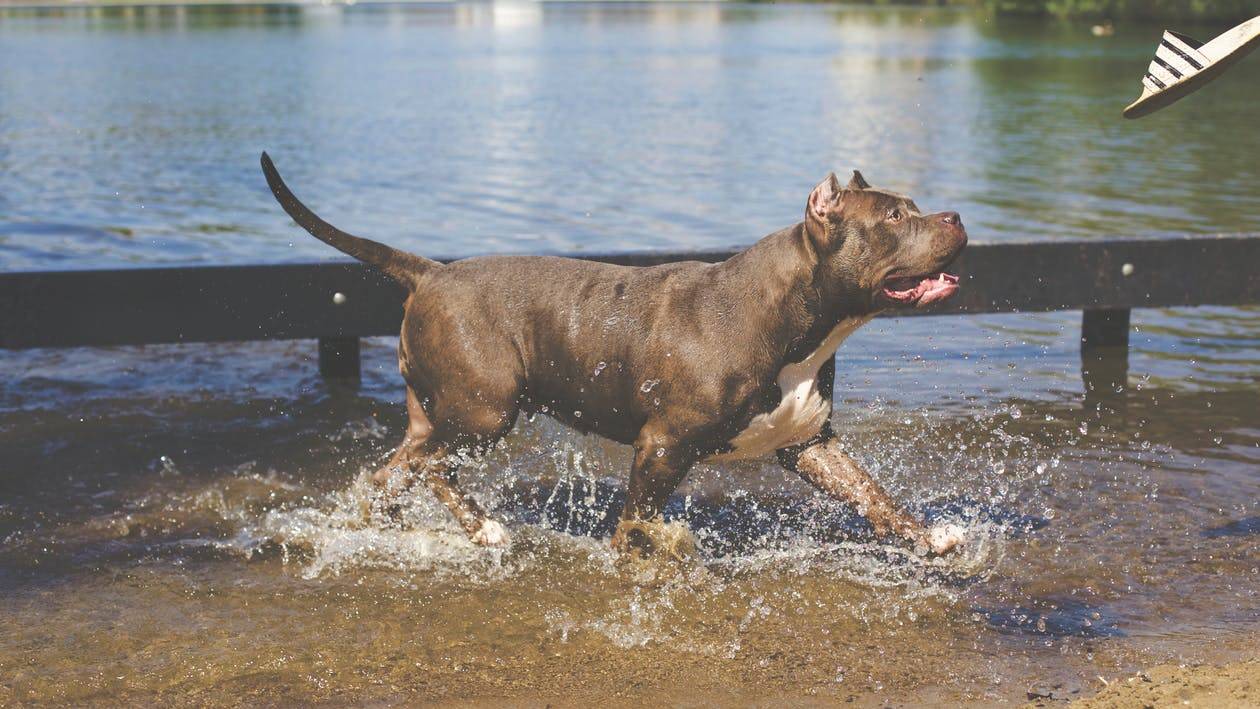
Everyone who had a Pit Bull recognized there was a buck to be made and suddenly became a breeder. Due to slipshod breeding, human aggressive dogs multiplied like rabbits. Aggression was bred to aggression, to make the most ferocious dog possible. It was a fast and easy way to make money. Who cared what happened to the animals…there were plenty more where they came from. Puppy mills and backyard breeders had a field day, producing quantity, not quality. The breed degenerated due to the shoddy breeding and the quality of the breed suffered.
The genetics of the breed were compromised to create a fearless, fierce and feared dog.
As another means to supply the demand for the latest status symbol of bullying, methods of agitation, cruelty, neglect and torture that are too horrendous to mention were commonplace.
There is no question there are still selfish, thoughtless inexpert breeders. You will find the products of their greed in pet stores, puppy mills, backyards, basements and garages. Pick up a newspaper or go to certain web sides. They are flooded with ads for APBTs. Rare is a flea market that doesn’t have at least a couple of pens jam-packed with puppies of uncertain heritage.
However, conscientious dog owners are aware of the importance of knowing the reputation of the breeder and meeting the parents of puppies they purchase.
If it is an APBT you want, never purchase a puppy or dog for a pet from a non-reputable breeder! Responsible, honest trustworthy breeders take enormous care in paying attention to details. Their reputation depends on making sure their breeding stock has the history and temperaments needed for a quality family pet. Their devotion to the breed makes them seek out only the top-quality people friendly inherent characteristics of their breeding stock.
Most people are not aware, in general, a well-bred APBT ranks fairly high on the American Canine Temperament Testing Association test. (ACTTA). Of the 112 breeds tested, they ranked fourth. When purchasing a puppy, ask the breeder if they have had their breeding pair tested and how they ranked.
Meet the parents of your puppy. If the breeder does not want you to meet the parents, leave immediately! That is a red flag! There is a problem.
Keep in mind; a Pit Bull is not the easiest dog for an inexperienced dog owner. The adage “It’s not the breed, it’s how your raise them.” is not always true. Even the best of them can be hard to handle around other dogs, even though they are wonderful around people. This is an extremely powerful dog. Most have an extraordinarily high prey drive. Some have an extremely low tolerance to other dogs, normally of the same-sex.
However, ask an experienced, conscientious owner to describe their pet and you will hear: affectionate, cuddly, solid, fearless, high energy, not always good around other dogs, loyal, devoted, respectful, loves people, good with children, “watch that tail!” silly, fun, tireless, playful and powerful.
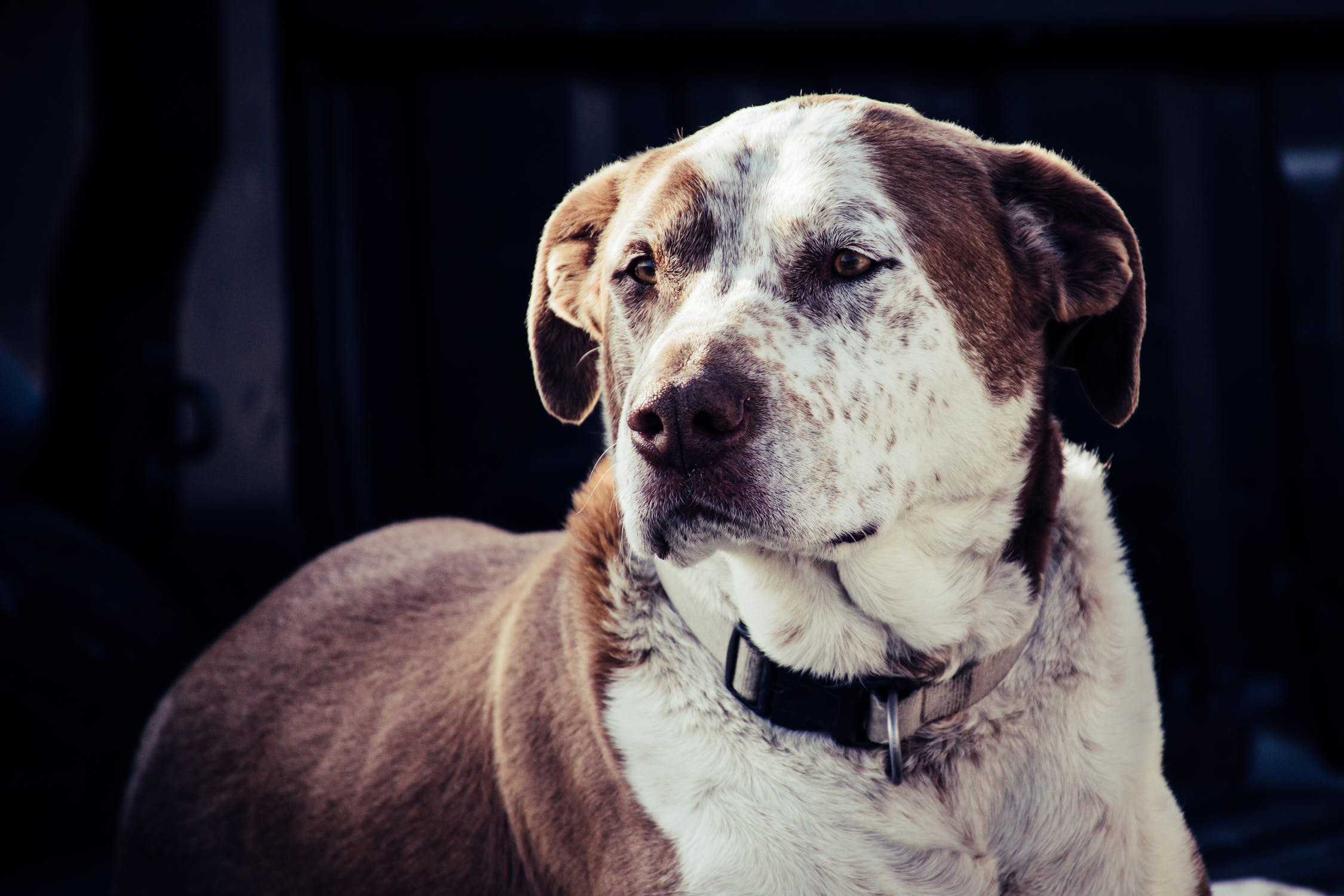
As with any dog, they should never be left unsupervised with children or older people. Even though this breed is normally good with them, they are powerful and can easily knock a child or older person over, without meaning to or even realizing it.
Their average weight is 30 – 60 lbs. Some have been known to reach over 90 lbs!
Their average life span is 12-15 years.
Grooming is a cinch. They are not heavy shedders. Bathe only when needed. A quick bushing feels great. Most love it. Wipe them down with a damp cloth or chamois and they look like a million bucks!
Most purchased from reputable breeders are amazingly trainable. Never use force when training. They respond amazingly well to positive reinforcement, punishment-free methods of training. Fair, firm and consistent is the way to go. They thrive on the attention they get, whenever they do anything that pleases their person.
Socialization is critically important, especially with puppies. The first 20 weeks of a puppy’s life sets a foundation for most future behaviors. Like all dogs, they need a few minutes of training everyday. The more positive experiences they have at an early age, the better they are with coping. The greater the coping skills, the nicer the dog. A well-mannered dog never displays dominance to humans.
The APBT is an intelligent breed. It is obvious when given the training, socialization and attention they deserve, they can do just about anything. Many have found gainful employment as Therapy, Search and Rescue, Drug and Bomb Detection dogs. The military and numerous police departments have found them very useful.
Health wise, Pit Bulls are a healthy breed. The most common health problems include: hip dysplasia, thyroid conditions, skin allergies, patellar luxation and congenital heart problems.
Exercise, exercise, exercise! If a Pit Bull is what you want, be prepared for a minimum of 2 hours of vigorous exercise per day. Most have remarkable stamina. This is not a dog that is content with just a walk around the block. Without adequate exercise, they will develop serious and expensive behavioral problems.
Well-socialized Pit Bulls do quite well in competitions. They enjoy every opportunity to show off. To make exercising more interesting, try flyball, weight pulling, agility, obedience and lure course (chasing a mechanical object) competitions. A tired Pit is a good dog!
Bottom line: Do your homework. Research the breed and talk to responsible owners. An American Pit Bull can make a wonderful pet for the right person or family. This is a dog that requires a significant commitment of proven leadership, time, training, socialization consistency and energy. It takes due diligence to find a highly regarded breeder you can trust, who has taken all possible measures to produce a quality pet. Meet the parents! This is not a dog you can let your guard down with. It is imperative you not only enroll in obedience and socialization classes, but you keep working your dog their entire life. If you constantly raise the bar on your expectations, most will do their best to meet or even exceed them. Never forget what this animal is capable of doing. Have fun and enjoy them!


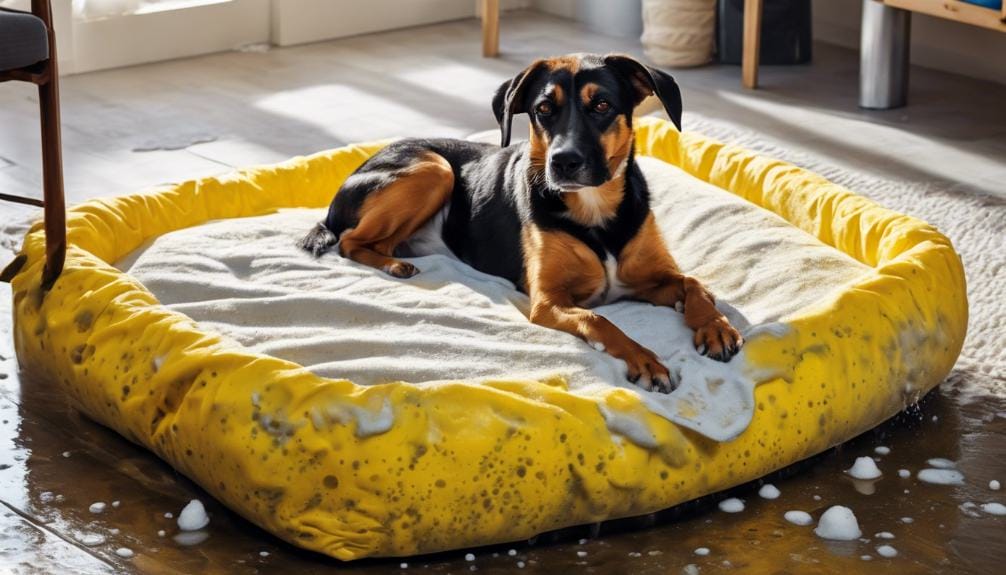
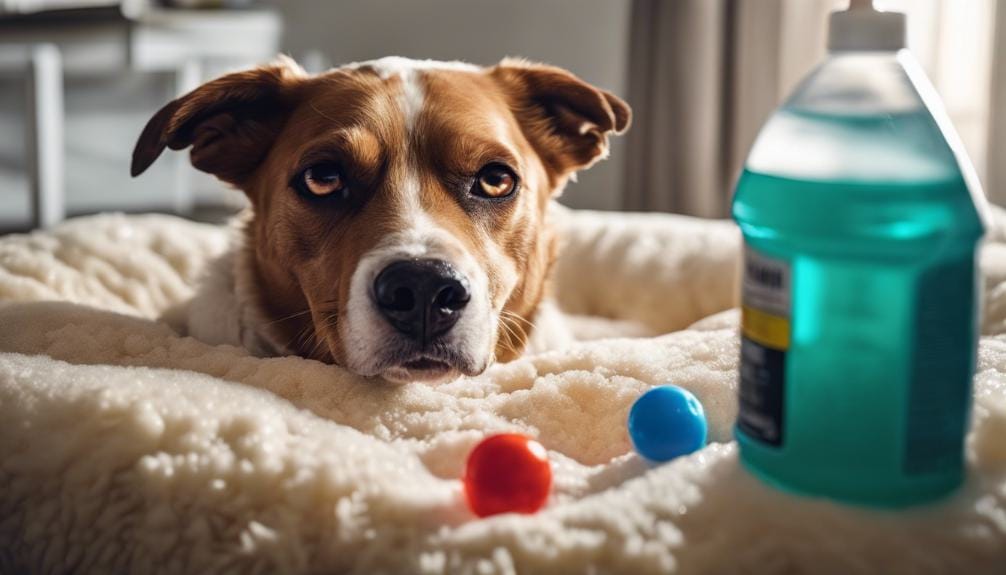
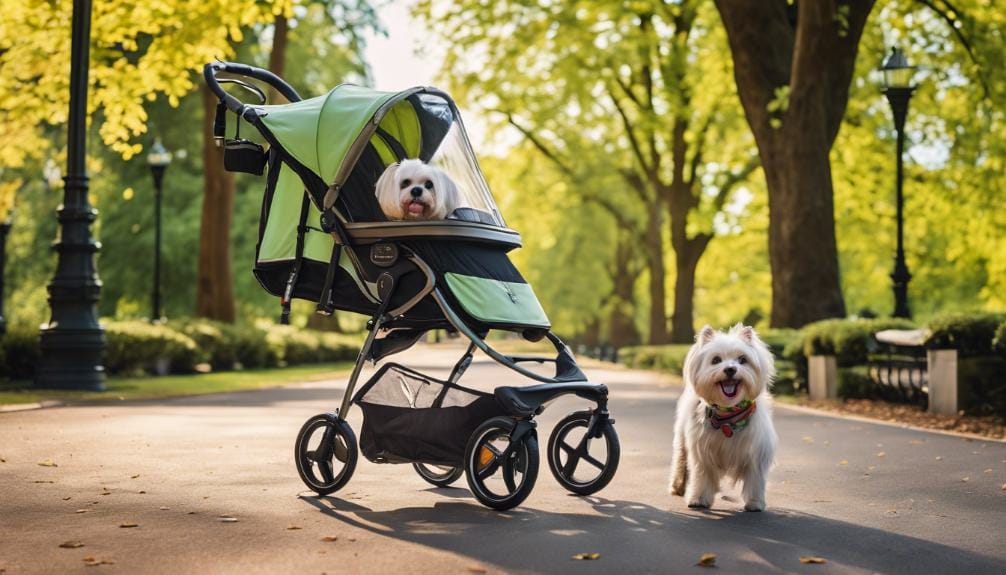
Leave a Reply
You must be logged in to post a comment.